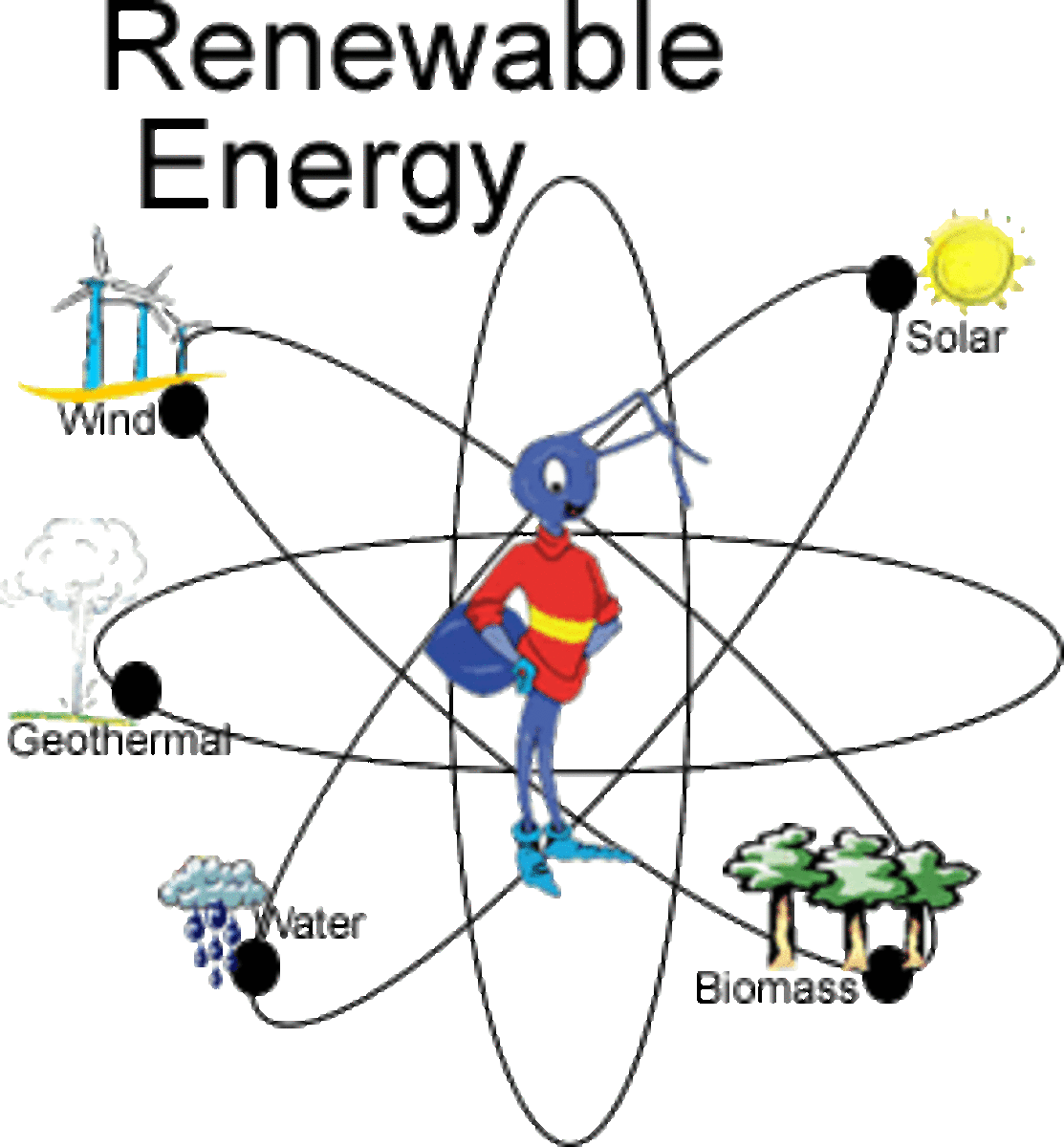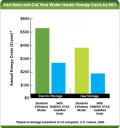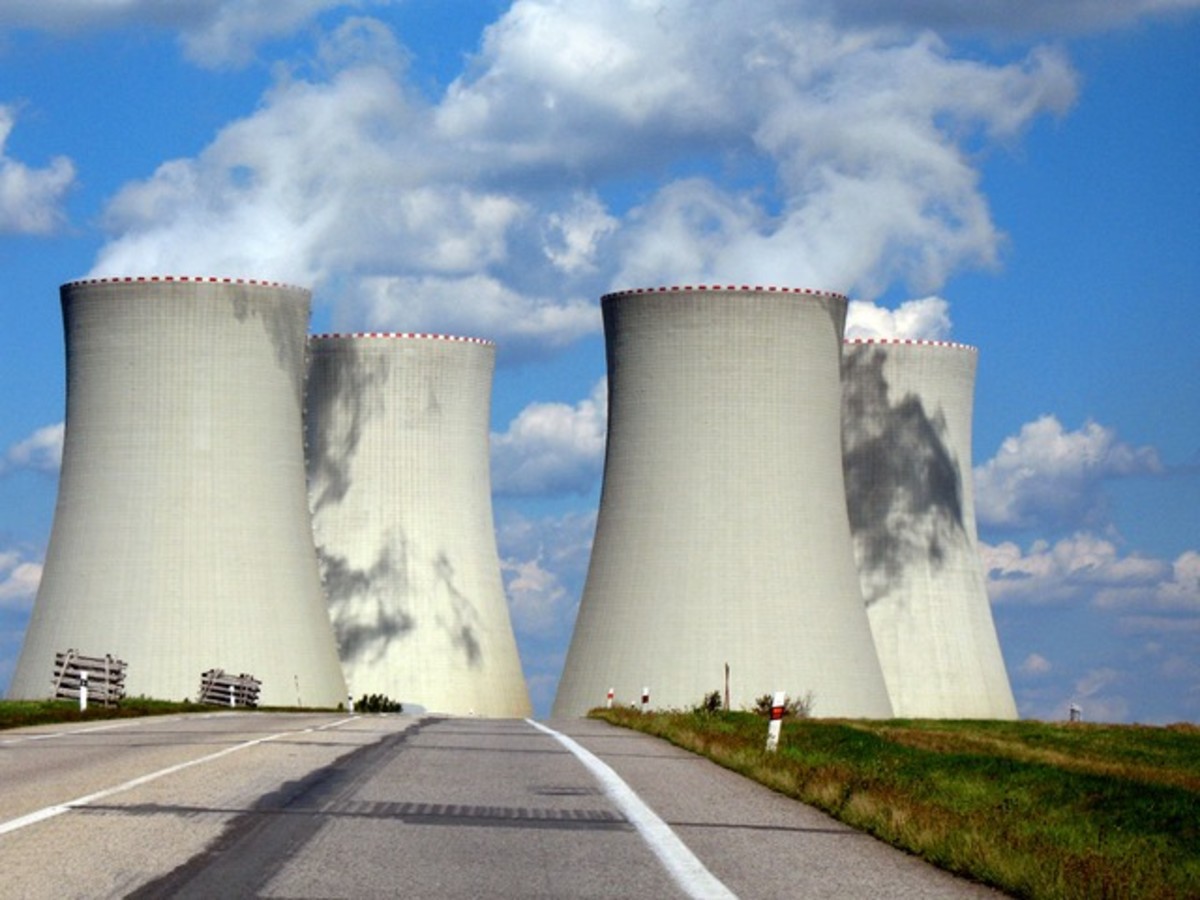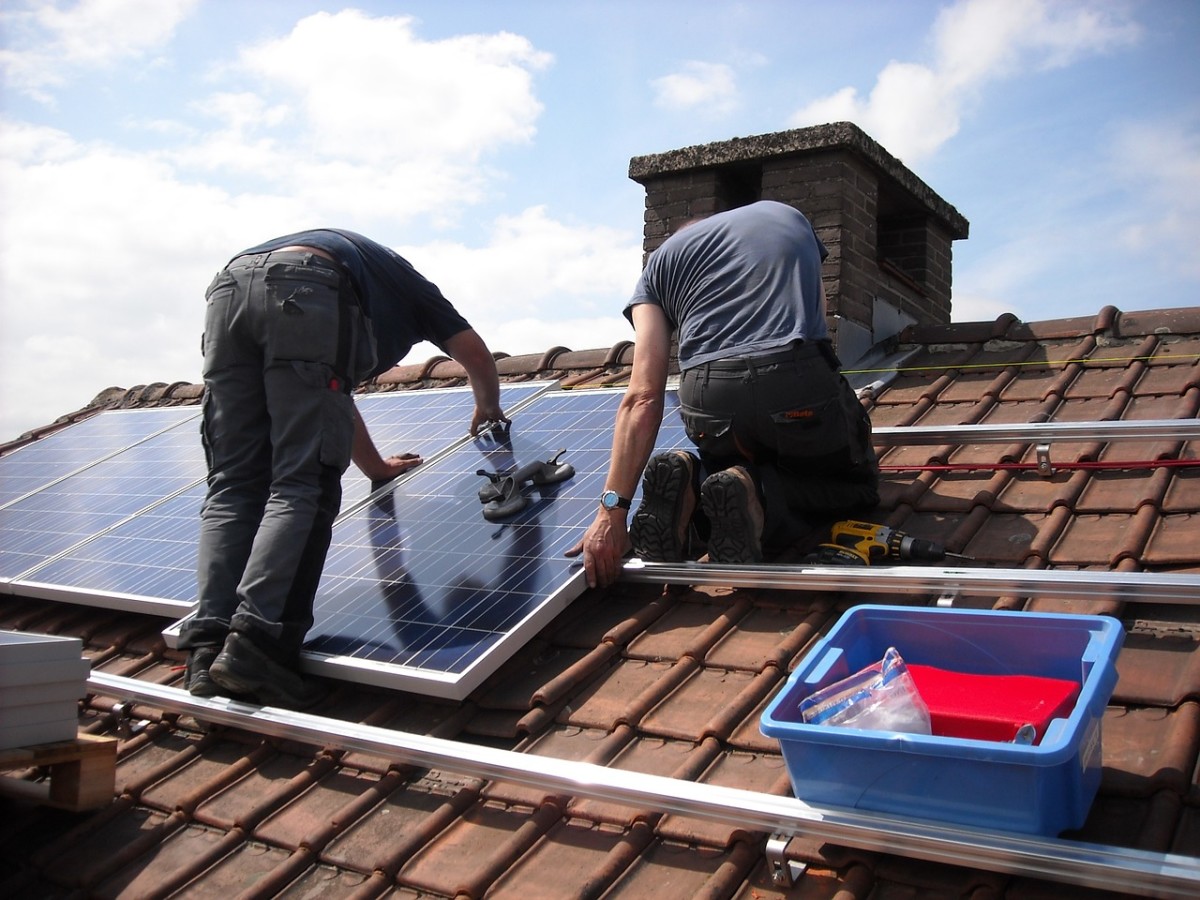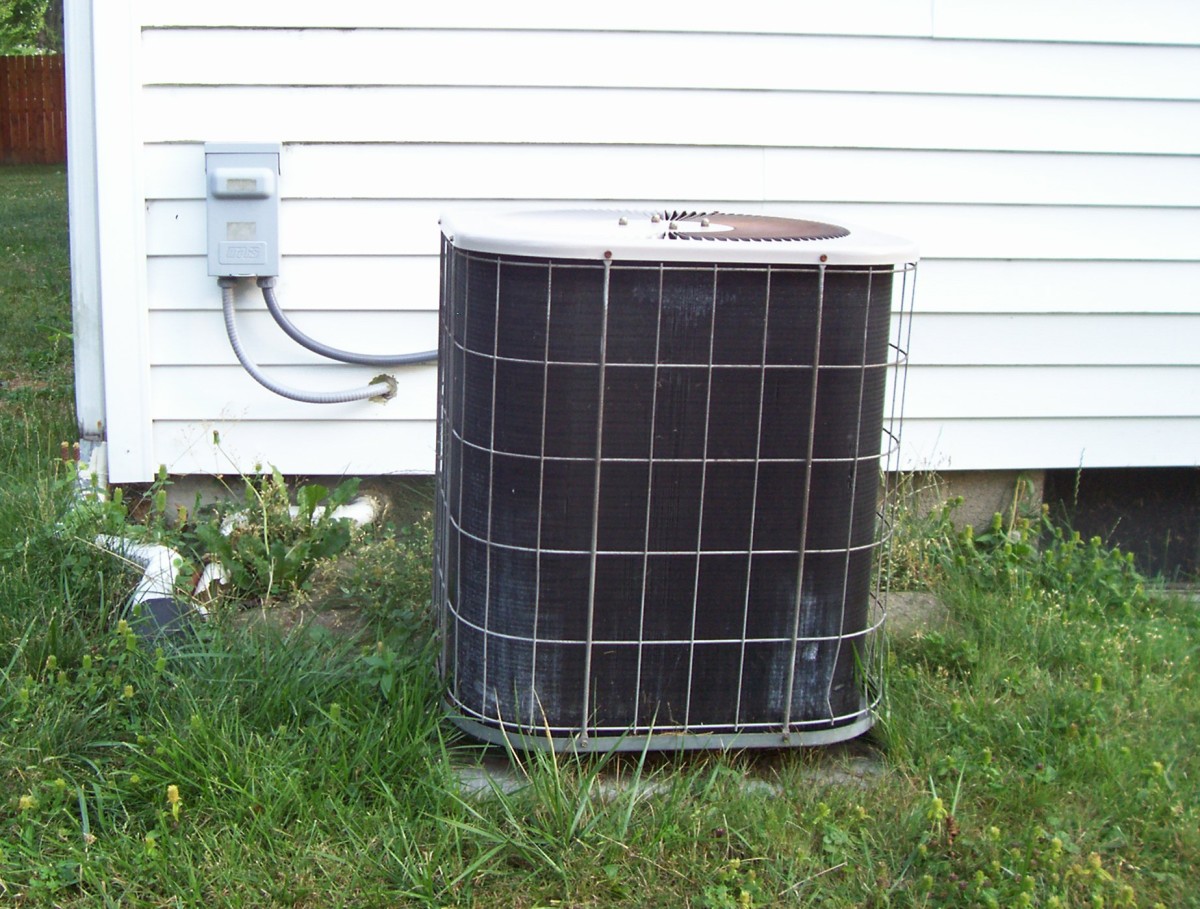Using Solar Energy
The Nearest Star

Getting Started
Have you ever considered making use of solar energy? Unsure how to get started? Let this architect show you the way.
The world is today facing a daunting energy challenge. Though a full third of the globe’s population still lacks electricity, energy use among the remaining two-thirds of humankind is soaring. Within just the next few years, global energy consumption is expected to increase by as much as 50% — provided such prodigious quantities of energy can be provided when and where needed. And, while the bulk of energy consumption has historically occurred in developed nations (with the U.S., for example accounting for 1/4th of all global energy use), the developing nations of the world are scrambling to catch up. What will happen as the citizens of China and India clamor for per capita energy consumption on a par with that of the average American citizen? How will they be accommodated?
Power Generation
The generation of power also has its costs. In addition to the traditional economic considerations of supply, demand, cost and availability, there are those of speculation, power plant construction, power grid maintenance, foreign control of fuels, and the tremendous (and ever-growing) carbon footprint of many fuel uses. Clearly, alternative energy sources must be sought. And one of the most obvious alternative sources to the fossil fuels, hydroelectric power and nuclear generation on which we now predominately rely is solar power.
Solar power systems convert the sun’s light energy into direct current electrical voltage. Photovoltaic (or PV) cells allow electrons to be excited by solar energy, creating an electron flow that becomes electrical current. And the sun is a prodigious power plant; it churns out more power in a single second than our greatest current power plants can produce in a year. All that remains is for us to capture an ever-increasing slice of that solar power. Solar power is estimated to peak at around 40 watts per square foot of sunlit surface. As an energy provider, an effective square yard of well-placed PV cells can thus replace roughly one barrel of oil per year.
Go Solar
Solar power offers many immediately obvious benefits over other energy sources. Destined to shine on for millions upon millions of years, it is the ultimate renewable resource, depleting none of our earth-bound resources. It is also one of the cleanest energy sources, having virtually no carbon footprint, and contributing nothing to air pollution, smog or acid rain. Another of the great advantages of solar power is that, except for minimal system and infrastructure maintenance, the costs of power generation never rise as they inevitably do with other power generation systems. Solar power systems also pay for themselves more readily than almost any other energy system. Payback for even stand-alone residential solar power systems has been estimated at as low as 15 years. Because of these advantages (as well as that state’s growth in energy demand), California has put in place legislation that encourages the building of solar residential roofs and mandates standards of performance. The United States has seen recent growth in the installation of PV systems of roughly 20% per year.
What comprises a PV installation? First come the PV cells themselves, fabricated and assembled into a module, generally several square feet in area or more, embodied as a weatherproof panel. Groupings of modules are arrayed, typically across a steeply sloped roof surface, and are wired together in series. Their collective direct current is routed through an inverter, which converts the power to the alternating current existent on our electrical grids and used throughout our homes. Other equipment — wiring, conduit, junction boxes, switches, disconnects, meters, etc. — complete the overall PV system. PV Installations are quite often ‘on-grid’ systems, meaning they are connected to the existing power grid, so that excess power generated by the PV system flows onto the grid for use elsewhere, and also so that the grid can supplement the PV system at night and through extended cloudy periods.
PhotoVoltaic (PV) Cells
PV cells may be assembled in varying ways using a range of materials, each offering different cost-efficiency combinations. Thin film cells employing amorphous silicon generally operate at the lowest efficiency, with multicrystalline and monocrystalline cells offering escalating performance. However, the technology of the composition and fabrication of PV cells (and thus their resultant cost-efficiency combinations) keeps advancing rapidly.
How does one determine whether to use solar power? First, one should obviously be where the sun is. The highest possible amounts of daily solar radiation are received by America’s Southwest — generally the states of California, Nevada, New Mexico, Arizona, Texas, Colorado, Utah, Oklahoma, and Kansas — and most of South Florida. Diminished amounts are received by areas radiating northward and eastward from those states. The least amounts of solar radiation or received by the Upper Midwest states and New England. Despite this variability in available solar radiation, however, just about any location in the continental U.S. can viably support a solar power installation (though the overall payback period will likely be extended).
The ASTOUND Large Solar Array at Nellis Air Force Base, Nevada
- Buying Your 1st House: Energy Efficiency
Good for the planet; good for your wallet? Some of the significant expenses of your first home will be its annual energy costs. And, for both the planet’s sake and for that of your bank account, you may wish that your first home be as energy... - Ten Quick Tips for Going Green
Being 'Green' is actually easier than Kermit's song might have you believe. - Sustainability 53: Living Buildings
Buildings in harmony with nature Going beyond the mere goals of energy efficiency, green design, and even sustainability is the cutting-edge (some would say bleeding-edge) concept of the living building. Surprisingly, that hyper-green concept... - Save Energy at Home Now
Bright Ideas for Saving Energy! by rlz Sure, by now we've all heard how we should set our thermostats a degree or two colder in winter and a degree or two warmer in summer, and wear sweaters all winter long. And everyone has suggested that we buy...
PhotoVoltaic (PV) Cells
PV cells may be assembled in varying ways using a range of materials, each offering different cost-efficiency combinations. Thin film cells employing amorphous silicon generally operate at the lowest efficiency, with multicrystalline and monocrystalline cells offering escalating performance. However, the technology of the composition and fabrication of PV cells (and thus their resultant cost-efficiency combinations) keeps advancing rapidly.
How does one determine whether to use solar power? First, one should obviously be where the sun is. The highest possible amounts of daily solar radiation are received by America’s Southwest — generally the states of California, Nevada, New Mexico, Arizona, Texas, Colorado, Utah, Oklahoma, and Kansas — and most of South Florida. Diminished amounts are received by areas radiating northward and eastward from those states. The least amounts of solar radiation or received by the Upper Midwest states and New England. Despite this variability in available solar radiation, however, just about any location in the continental U.S. can viably support a solar power installation (though the overall payback period will likely be extended).
Follow the Sun
Orientation of PV cells is the next consideration. Sloped roof applications are ideal, as the slope of the roof may position panels more closely to perpendicular to the angle of the sun’s descending rays. PV systems should also ideally orient solar panels to due south or just west of south, to receive the Sun’s most directly overhead radiation. Solar panel systems designers and fabricators often use year-round solar angle data and calculations to determine the most ideal orientation and angle for PV modules. Finally, one should beware of shading or obstruction of the PV cells. Shading, whether by clouds, trees, or adjacent structures, will significantly reduce power generation.
Solar roof systems are most often constrained by the available roof area (or the available roof area that is of the proper orientation and/or tilt). There are, however, other mounting arrangements, in which PV panels are applied to walls, atop poles, or are ground-mounted. More and more designers are also experimenting with photovoltaic systems that are more seamlessly integrated into other building components (so-called BIPV, or building-integrated PV systems).
Find the Sun
Orientation of PV cells is the next consideration. Sloped roof applications are ideal, as the slope of the roof may position panels more closely to perpendicular to the angle of the sun’s descending rays. PV systems should also ideally orient solar panels to due south or just west of south, to receive the Sun’s most directly overhead radiation. Solar panel systems designers and fabricators often use year-round solar angle data and calculations to determine the most ideal orientation and angle for PV modules. Finally, one should beware of shading or obstruction of the PV cells. Shading, whether by clouds, trees, or adjacent structures, will significantly reduce power generation.
Solar roof systems are most often constrained by the available roof area (or the available roof area that is of the proper orientation and/or tilt). There are, however, other mounting arrangements, in which PV panels are applied to walls, atop poles, or are ground-mounted. More and more designers are also experimenting with photovoltaic systems that are more seamlessly integrated into other building components (so-called BIPV, or building-integrated PV systems).
Power Generation
The generation of power also has its costs. In addition to the traditional economic considerations of supply, demand, cost and availability, there are those of speculation, power plant construction, power grid maintenance, foreign control of fuels, and the tremendous (and ever-growing) carbon footprint of many fuel uses. Clearly, alternative energy sources must be sought. And one of the most obvious alternative sources to the fossil fuels, hydroelectric power and nuclear generation on which we now predominately rely is solar power.
Solar power systems convert the sun’s light energy into direct current electrical voltage. Photovoltaic (or PV) cells allow electrons to be excited by solar energy, creating an electron flow that becomes electrical current. And the sun is a prodigious power plant; it churns out more power in a single second than our greatest current power plants can produce in a year. All that remains is for us to capture an ever-increasing slice of that solar power. Solar power is estimated to peak at around 40 watts per square foot of sunlit surface. As an energy provider, an effective square yard of well-placed PV cells can thus replace roughly one barrel of oil per year.
The Ultimate Clean Energy
Solar power offers many immediately obvious benefits over other energy sources. Destined to shine on for millions upon millions of years, it is the ultimate renewable resource, depleting none of our earth-bound resources. It is also one of the cleanest energy sources, having virtually no carbon footprint, and contributing nothing to air pollution, smog or acid rain. Another of the great advantages of solar power is that, except for minimal system and infrastructure maintenance, the costs of power generation never rise as they inevitably do with other power generation systems. Solar power systems also pay for themselves more readily than almost any other energy system. Payback for even stand-alone residential solar power systems has been estimated at as low as 15 years. Because of these advantages (as well as that state’s growth in energy demand), California has put in place legislation that encourages the building of solar residential roofs and mandates standards of performance. The United States has seen recent growth in the installation of PV systems of roughly 20% per year.
What comprises a PV installation? First come the PV cells themselves, fabricated and assembled into a module, generally several square feet in area or more, embodied as a weatherproof panel. Groupings of modules are arrayed, typically across a steeply sloped roof surface, and are wired together in series. Their collective direct current is routed through an inverter, which converts the power to the alternating current existent on our electrical grids and used throughout our homes. Other equipment — wiring, conduit, junction boxes, switches, disconnects, meters, etc. — complete the overall PV system. PV Installations are quite often ‘on-grid’ systems, meaning they are connected to the existing power grid, so that excess power generated by the PV system flows onto the grid for use elsewhere, and also so that the grid can supplement the PV system at night and through extended cloudy periods.

